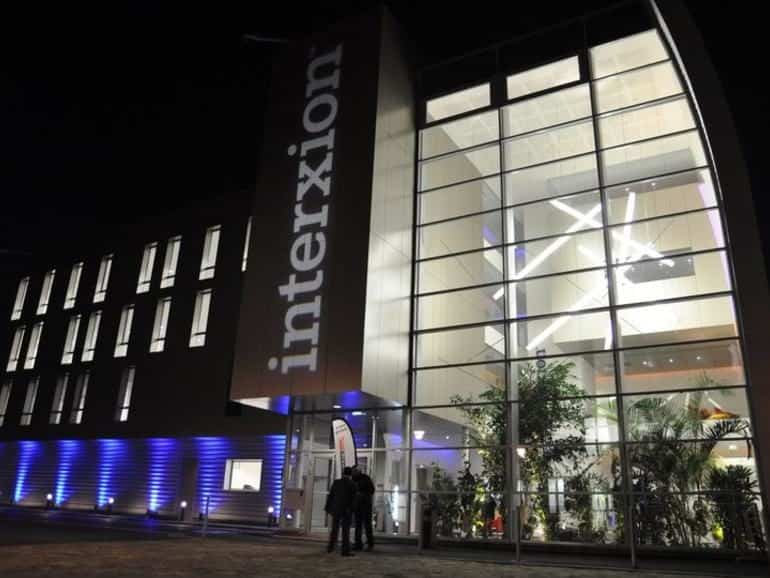Sure! Here’s the translation:
During the historic power outage on April 28, the MAD3 data center in Madrid continued to operate normally. A visit from Idealista coincided with the exact moment of the blackout, allowing them to witness firsthand how backup infrastructure activates in a modern data center.
On Monday, April 28, Spain, Portugal, and parts of southern France were plunged into darkness due to an unprecedented power outage. However, within the MAD3 Data Center operated by Digital Realty in Madrid, chaos was imperceptible. In fact, the blackout occurred during a scheduled visit by the media outlet Idealista, enabling them to see firsthand how a state-of-the-art data center responds to a critical event.
“The most striking thing was what didn’t happen,” summarizes the article’s writer. No downed servers, no lights out, no blocked doors. Everything kept functioning as if nothing had happened, as we can read in the full report on Idealista.
Five Seconds of Darkness: A Lesson in Infrastructure
While the team interviewed Robert Assink, CEO of Digital Realty in Spain, about the center’s energy security measures, the blackout occurred. The reaction was immediate: a slight flicker of lights in non-critical areas, and after five seconds, the backup system had already taken control.
The MAD3 center is equipped with batteries that ensure 8 to 10 minutes of initial autonomy for critical loads, allowing sufficient margin for the diesel generators to automatically activate in just 30 seconds. A combination of Swiss precision and redundant architecture that ensured all systems continued running without a single interruption.
Total Security: Elevators, Access, and Connectivity
During the tour of the facilities, the Idealista team was able to use elevators—in the midst of an energy crisis—and gained uninterrupted access to the technical rooms via electronic cards. In contrast, outside the data center, thousands of buildings were paralyzed, traffic lights failed, and electronic doors became inoperative.
“The feeling was almost surreal: in the midst of a national blackout, this building vibrated with the pulse of a system prepared for any emergency,” recounts Raquel Figueruelo, Marketing and Business Development Director at Digital Realty Spain.
Why Nothing Failed: Architecture Prepared for the Unthinkable
The heart of the center, with its rooms filled with servers, electrical systems, and distribution boards, never lost power. This was no coincidence. MAD3 was designed under strict continuity standards (Tier III and higher), with redundant systems N+1, dual power feeds, advanced environmental control, and highly trained technical staff for emergencies.
This robustness not only guarantees availability for tech, banking, or healthcare companies: it also symbolizes the importance of data centers as the backbone of the digital economy.
Lessons from Within: Resilience That Is Not Improvised
The April 28 blackout served as a real test of digital resilience. While the entire country dealt with network issues, telecommunications, critical services, and transportation, in MAD3 the environment remained stable, operational, and calm.
“It was at that moment, just when everything stopped outside, that we understood what a well-prepared data center truly means,” concludes the visiting team.
Conclusion
MAD3 not only survived the blackout: it functionally ignored it. The experience gained from within reinforces a key idea for the future of digital infrastructure in Spain: resilience is not reaction; it is anticipation, design, and technical culture.
In times of energy uncertainty, having facilities like those of Digital Realty is, now more than ever, a guarantee for the continuity of services that the digital world can no longer afford to lose.

